ROBERT EDGAR STONE: A pair of silver and ivory dishes London 1931, awith facsimile signature Circular spot-hammered bowls with a slight domed centre, the triangular handle with stepped triangular applied ivory design, length 10.5cm, diameter 8.6cm, weight total 7.7oz. (2) Fußnoten Robert Edgar Stone (1903-1990) was one of the most important and skilful British silversmiths of the mid-20th century. Born in London, Stone spent most of his holidays in Somerset; at the age of eleven he fell through a glass window while trying to rescue a cat. The accident caused him almost to lose his arm, and as a result limited his education and therefore trades he could enter. He was advised to become a silversmith, and when he was fourteen he started as a day-boy at the Central School of Arts & Crafts in the Silversmithing Department. Stone finished his studies in 1927, and presented his masterpiece (an altar-cross) which today is on display at the Victoria and Albert Museum in the Sacred Silver & Stained Glass gallery. The fine work produced by Stone during his years at the School was awarded with a two-year travelling scholarship, presented by the Worshipful Company of Goldsmiths. As well as enabling Stone to visit Europe's main cities, the scholarship also led to a year working as a silversmith in La Maison Hénin, Paris. Upon his return to London in 1929, Stone converted his garden shed into a workshop. One of his first commissions was a pair of sweet meat dishes commissioned by J.J. Hodges of the Goldsmiths & Silversmiths Company, who would remain one of Stone's most loyal customers throughout his career. In the early 1930s, now in a position to employ craftsmen to work alongside him and to take on apprentices, Stone moved his workshop to 36 Queen Caroline Street, Hammersmith. In 1939, with his reputation now established, Stone was elected liveryman of the Goldsmiths' Company. The workshop closed temporarily during the Second World War, and Stone moved to Scotland where he worked in a factory testing and repairing torpedo missiles. In 1946, the workshop was reopened, but after the war production of silver was expensive and the demand for silver low. As a solution Stone became a part of the purchase tax exemption scheme introduced by Sir Stafford Cripps and run by the Design and Research centre at Goldsmiths' Hall. Designs were submitted to a committee for approval and if passed, six editions of each item could be made tax free. From this time Stone and his team produced some of best work in England. His co-workers and apprentices additionally all went on to become excellent craftsmen in their own right, including: Norman Bassant, Ian Calvert, Reginald Hill, Christopher Lawrence Albert Philips, Cyril Shiner, Sydney Sparrow, Ronald Spayne and Alex Styles. In 1950, the workshop moved to 20 Garrick Street in central London, where work continued until 1964. Stone then moved up to Scotland with his family working on his own, mostly with small items of silver for the Scottish Craft Centre. This work ceased however, when the centre closed down in 1980. Much of Stone's important work was ecclesiastical and can be found throughout the world. Jean Breckenridge, Robert E. Stone (1903-90): The Silver Society Journal, Number 15, (London 2003), p. 150-155
ROBERT EDGAR STONE: A pair of silver and ivory dishes London 1931, awith facsimile signature Circular spot-hammered bowls with a slight domed centre, the triangular handle with stepped triangular applied ivory design, length 10.5cm, diameter 8.6cm, weight total 7.7oz. (2) Fußnoten Robert Edgar Stone (1903-1990) was one of the most important and skilful British silversmiths of the mid-20th century. Born in London, Stone spent most of his holidays in Somerset; at the age of eleven he fell through a glass window while trying to rescue a cat. The accident caused him almost to lose his arm, and as a result limited his education and therefore trades he could enter. He was advised to become a silversmith, and when he was fourteen he started as a day-boy at the Central School of Arts & Crafts in the Silversmithing Department. Stone finished his studies in 1927, and presented his masterpiece (an altar-cross) which today is on display at the Victoria and Albert Museum in the Sacred Silver & Stained Glass gallery. The fine work produced by Stone during his years at the School was awarded with a two-year travelling scholarship, presented by the Worshipful Company of Goldsmiths. As well as enabling Stone to visit Europe's main cities, the scholarship also led to a year working as a silversmith in La Maison Hénin, Paris. Upon his return to London in 1929, Stone converted his garden shed into a workshop. One of his first commissions was a pair of sweet meat dishes commissioned by J.J. Hodges of the Goldsmiths & Silversmiths Company, who would remain one of Stone's most loyal customers throughout his career. In the early 1930s, now in a position to employ craftsmen to work alongside him and to take on apprentices, Stone moved his workshop to 36 Queen Caroline Street, Hammersmith. In 1939, with his reputation now established, Stone was elected liveryman of the Goldsmiths' Company. The workshop closed temporarily during the Second World War, and Stone moved to Scotland where he worked in a factory testing and repairing torpedo missiles. In 1946, the workshop was reopened, but after the war production of silver was expensive and the demand for silver low. As a solution Stone became a part of the purchase tax exemption scheme introduced by Sir Stafford Cripps and run by the Design and Research centre at Goldsmiths' Hall. Designs were submitted to a committee for approval and if passed, six editions of each item could be made tax free. From this time Stone and his team produced some of best work in England. His co-workers and apprentices additionally all went on to become excellent craftsmen in their own right, including: Norman Bassant, Ian Calvert, Reginald Hill, Christopher Lawrence Albert Philips, Cyril Shiner, Sydney Sparrow, Ronald Spayne and Alex Styles. In 1950, the workshop moved to 20 Garrick Street in central London, where work continued until 1964. Stone then moved up to Scotland with his family working on his own, mostly with small items of silver for the Scottish Craft Centre. This work ceased however, when the centre closed down in 1980. Much of Stone's important work was ecclesiastical and can be found throughout the world. Jean Breckenridge, Robert E. Stone (1903-90): The Silver Society Journal, Number 15, (London 2003), p. 150-155
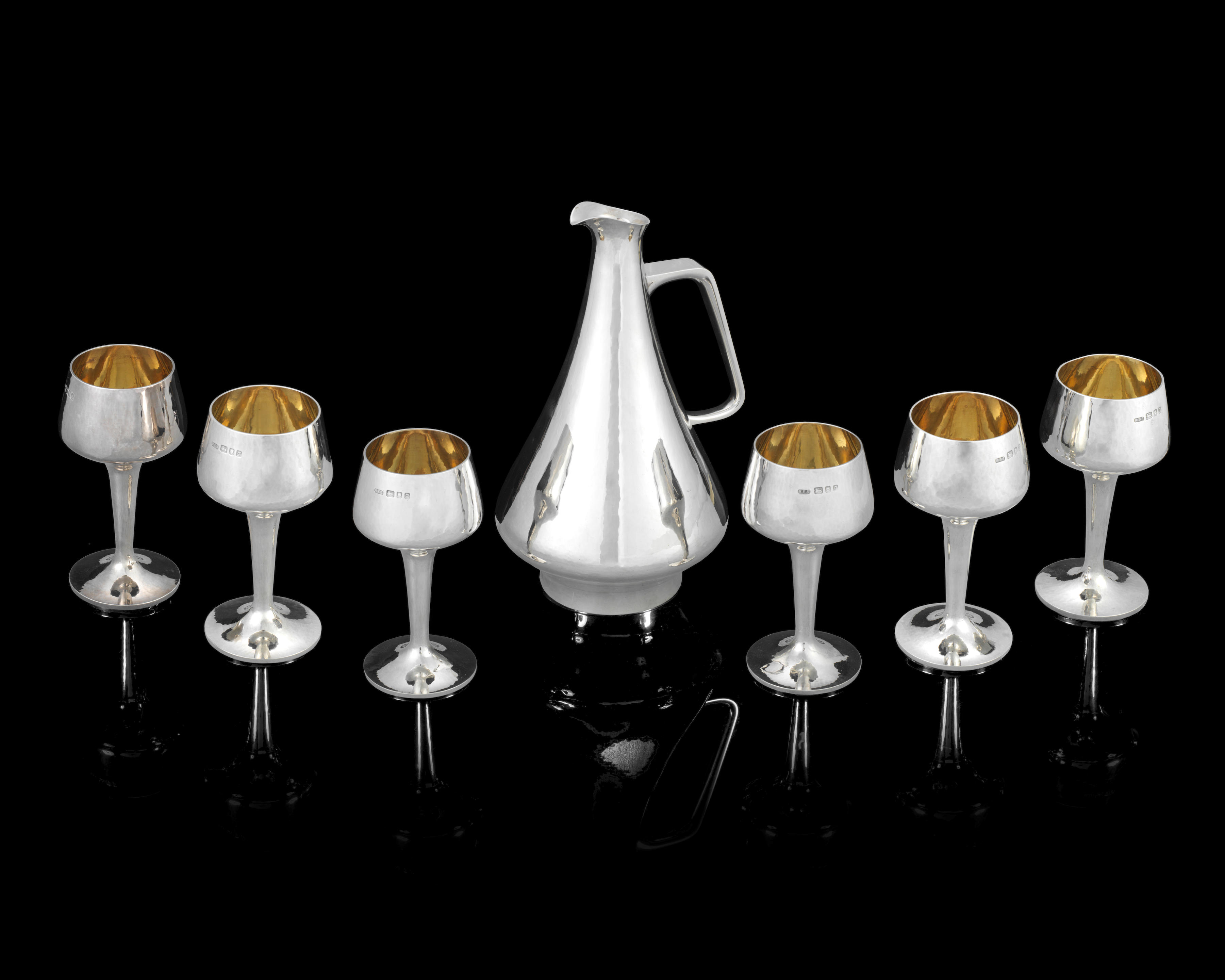
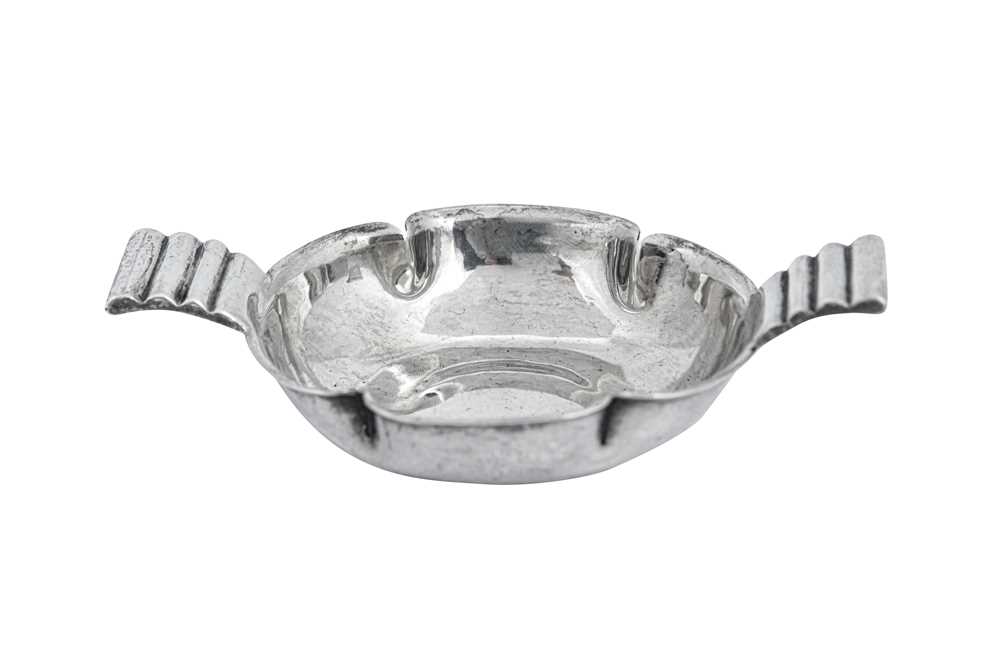







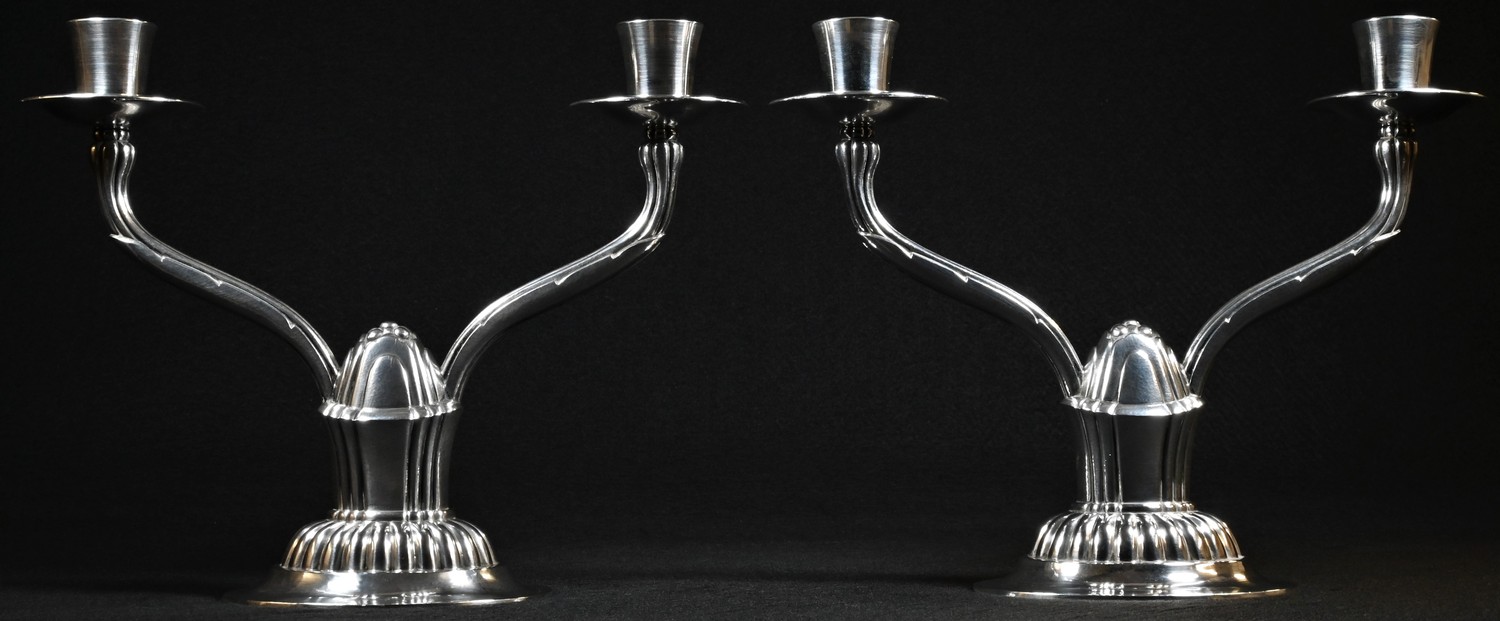
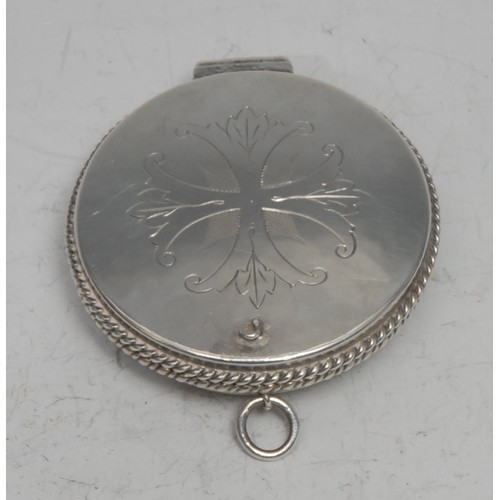
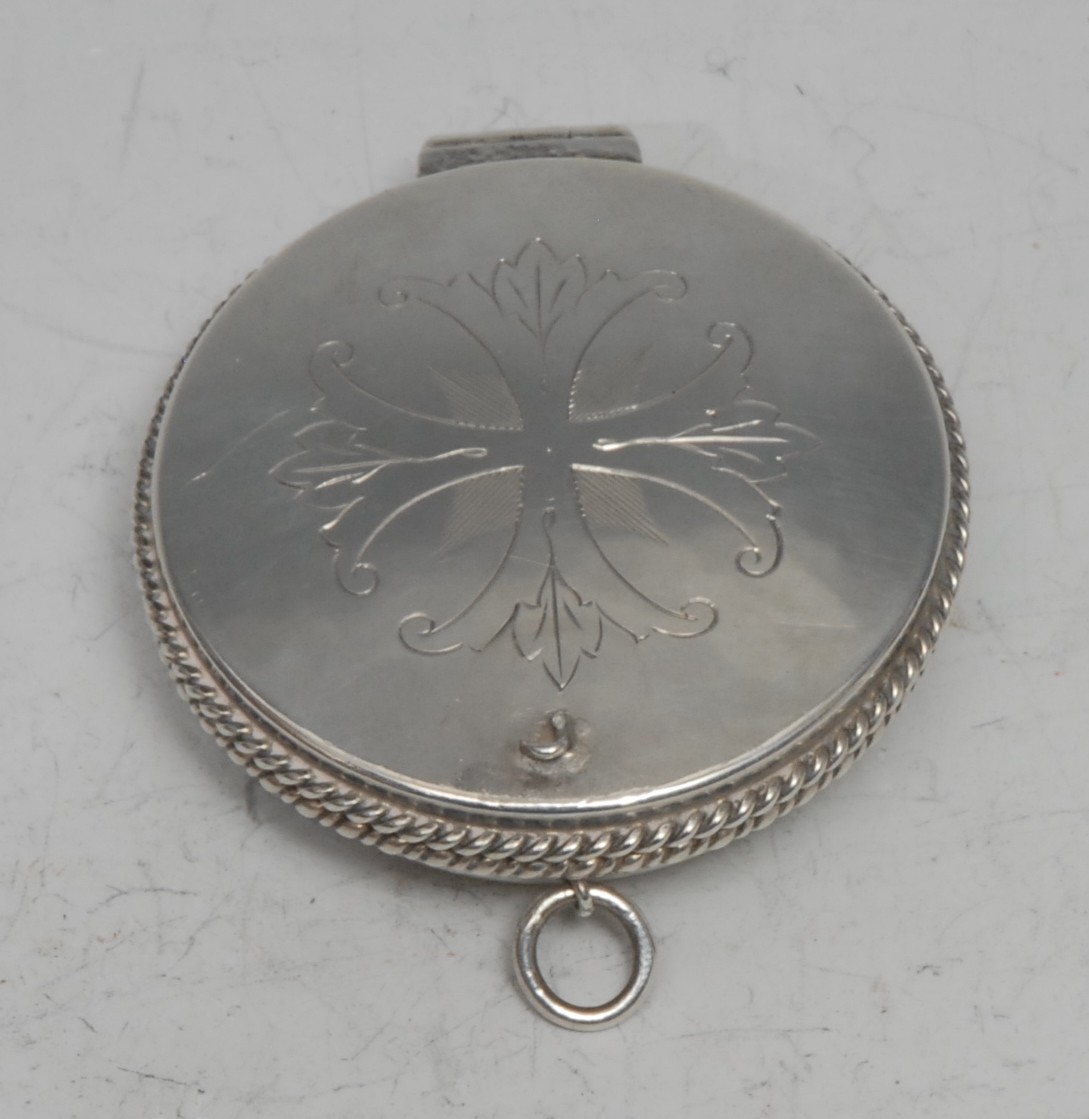
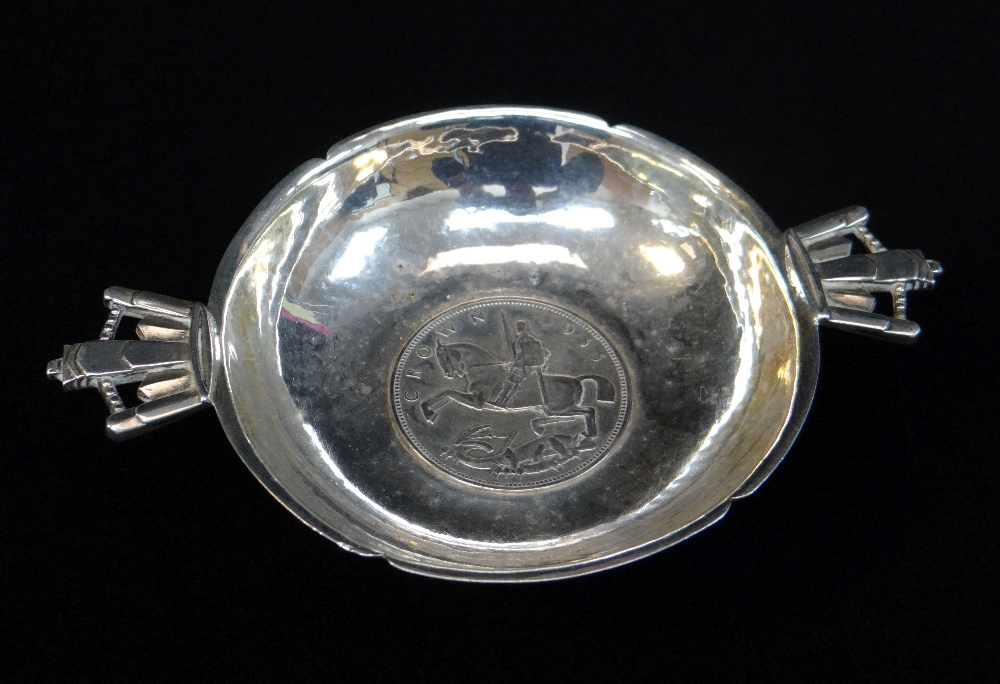
Try LotSearch and its premium features for 7 days - without any costs!
Be notified automatically about new items in upcoming auctions.
Create an alert